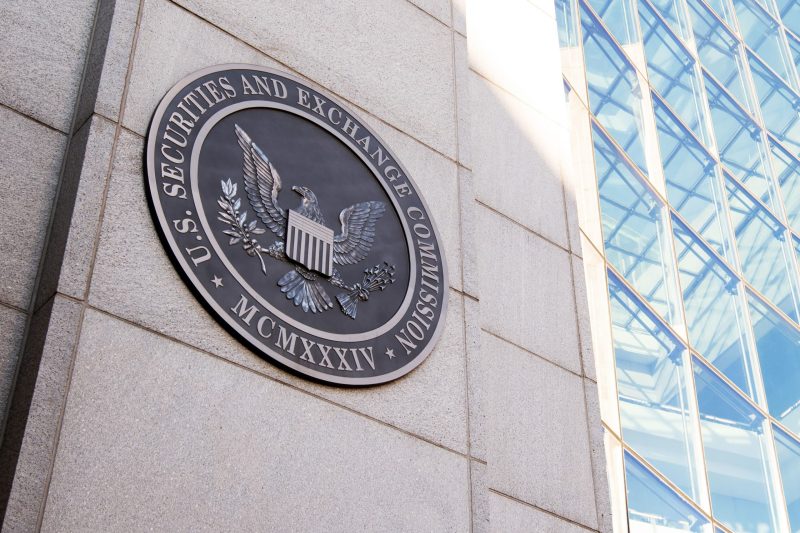The SEC just approved exchange rule changes that let NYSE, Nasdaq, and Cboe list commodity-based ETPs including spot crypto funds under generic listing standards instead of one-off approvals. The move shortens the path to market from roughly 240 days to about 75 days, according to early coverage, and replaces ad-hoc gatekeeping with a rules-based lane.
How the new generic standards work
Exchanges can now “self-certify” listings when a product hits preset criteria and then file a brief notice after trading starts. Issuers still file Form 19b-4(e) within five business days of launch, but they avoid a full rule change when the product meets the generic tests.
A commodity or crypto asset qualifies if at least one of the following applies:
- It trades on an ISG-member market with surveillable data access.
- It underlies a CFTC-regulated designated contract market futures contract that has traded for six months or more, paired with a surveillance-sharing agreement.
- A U.S.-listed ETF already holds at least 40% exposure to that asset.
If a product misses those tests, the traditional 19b-4 rule-change process still kicks in. Think of it like two lanes on the highway: most routine products take the express lane; edge cases still go through construction.
What stays the same
Even with faster listings, core investor protections remain.
- Registration and disclosures: Commodity trust shares continue to register under the Securities Act, not the Investment Company Act.
- Post-launch notice: Exchanges must still file the 19b-4(e) notice after trading begins.
- Case-by-case oversight: Anything outside the generic standards returns to a full SEC review.
The rules also hard-wire safeguards. ISG links and futures-market surveillance aim to deter manipulation. Meanwhile, investor-facing websites must publish ongoing data such as NAV, market price, premium/discount, median bid/ask spread, holdings, and methodology—details that help traders spot frictions before they click buy.
Why it matters now and what’s next
This decision brings crypto ETPs closer to how equity ETFs list today: by class, not one by one. It opens the door to more spot products beyond Bitcoin and Ether. Market chatter already points to Solana and XRP as early candidates, and some issuers could be ready to go as soon as October if their filings, market-making, custody, and AP plumbing are buttoned up.
For investors, the impact is straightforward: more choice and clearer disclosures. For issuers, the message is even clearer: get operationally ready. The exchanges now have a faster listing path; the burden shifts to you to finalize your prospectus, line up liquidity support, and pass the generic tests. If you were waiting in the slow lane, the sign just flipped to green.
